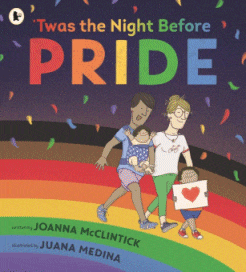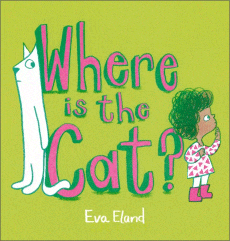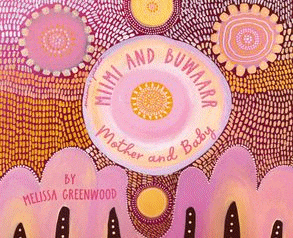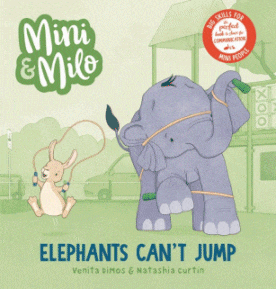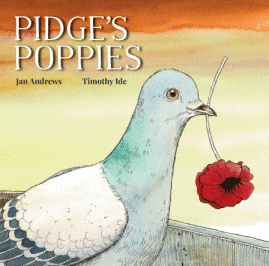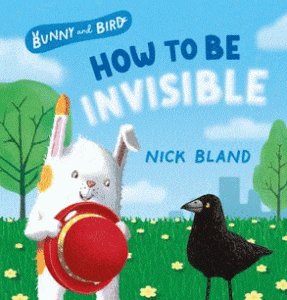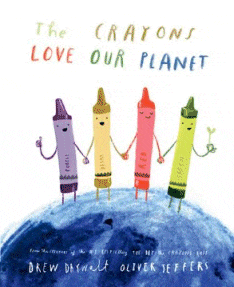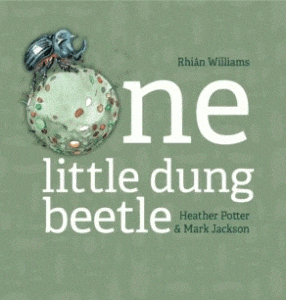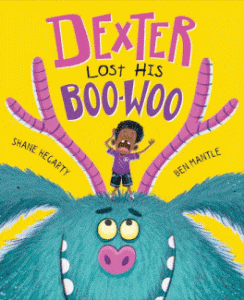
Dexter Lost His Boo-Woo
Dexter Lost His Boo-Woo
Shane Hegarty
Ben Mantle
Hodder Children’s, 2024
32pp., hbk., RRP $A26.99
9781444966350
HELP! Dexter’s lost his Boo-Woo.
It’s a scary sounding beast! It has fiery eyes and floppy ears, and twenty pointy teeth!
Soon the whole town is on the hunt for the Boo-Woo… police officers, firefighters and so many more join in the search, each getting more and more concerned as Dexter describes the Boo-Woo. They are very relieved when they find it, but have they?
At first glance, this is a story written in fast-paced rhyme for very young children about finding something precious that has been lost and the emotions that that engenders, but it has the potential to be so much more because as the locals join the search, Dexter adds more and more information building up the picture of what his Boo-Woo looks like. So much like The Dudgeon is Coming, young students can build group or individual pictures adding features as they are revealed, particularly if the first reading of the story is read aloud without showing the illustrator’s interpretation of the words (wrap the cover in brown paper) so the listeners really have to engage with the text as each new detail is revealed.
It not only provides an excellent opportunity to focus on description and descriptors which will enrich their own writing, but also on perception because each drawing will be different and none will be the same as that of Ben Mantle. You can talk about how our experiences shape our mind’s eye, and perhaps even introduce the classic poem, The Blind Men and the Elephant by John Godfrey Saxe. Extend the experience by having them draw the king in The King’s Breakfast by A. A. Milne, Dahl’s BFG as he walks down the street blowing dreams through the windows, or even Gandalf’s first meeting with Bilbo Baggins in The Hobbit. Each has a description that lends itself to be interpreted in a graphic and because each of us interprets what we see and hear differently can lead to discussions about perception, what is truth and how it is shaped by our beliefs, values and even our role in an incident.
But to be able to hang such a series of lessons on a story, you first need an engaging story that appeals to its audience on the surface, and Dexter and his Boo-Woo is certainly that, with the ending lending itself to even more possibilities!
